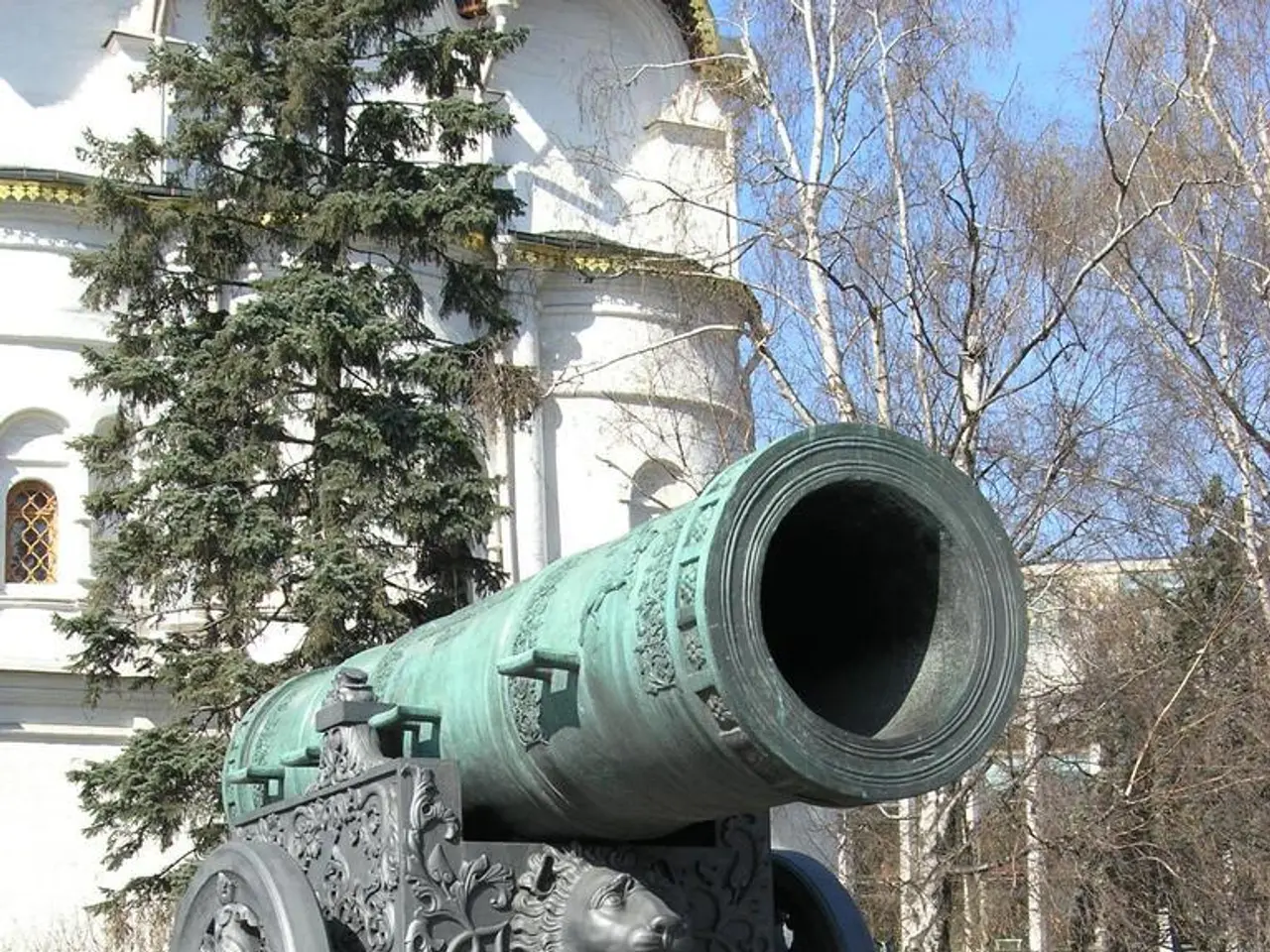Russia's statistics agency, Rosstat, has announced wage increases across the country. Top earners can be found where, and there are a few places where salaries fall short.
In the past two years, median salaries in Russia have experienced a substantial increase, according to a study conducted by RIA Novosti based on data from Rosstat's comprehensive survey.
As of April 2023, the median salary in Russia was 52,588 rubles. By April 2025, this figure had risen to 73,871 rubles, representing an increase of 1.4 times. The average salary, meanwhile, saw a similar trend, with the April 2023 average standing at 71,204 rubles and increasing to 97,375 rubles in April 2025, also a 1.4-fold increase.
The industry with the highest median salary in April 2025 was the production of tobacco products, with a median salary of 155,400 rubles. Extraction of minerals was another sector with a high median salary. However, it's important to note that extraterritorial organizations and bodies, such as rotational workers laying a gas pipeline, also had salaries that are naturally higher than average and are counted separately by Rosstat.
The study covered 95,400 organisations, excluding small businesses. Alexander Safonov, a professor at the Financial University, attributes this rise in median salaries to several interrelated factors.
Firstly, nominal wage growth driven by economic policies has played a significant role. According to the Bank of Russia, nominal wages are expected to grow by around 12.5% in 2025, with real wages increasing by about 3.0% that year after adjusting for inflation.
Secondly, labor market changes and workforce dynamics have contributed to the increase. The demand for workers is rising due to demographic trends, including pension reforms and the entry of younger workers. To compensate for the limitations imposed by Western sanctions, enterprises are attracting students, encouraging pensioners to return to work, extending working hours, and offering housing benefits in high-demand areas.
Thirdly, geopolitical factors have had an impact. The conflict involving Ukraine has affected the labor supply due to the aging population in occupied territories, military conscription reducing the number of working-age men, and emigration of qualified specialists. These shortages have pushed wages higher, especially in sectors with acute labor shortages such as transport and mechanics.
Lastly, government support measures have indirectly influenced wage dynamics. Adjustments in unemployment benefits during and after the COVID-19 pandemic have helped maintain a baseline for workers during economic disruptions.
Professor Safonov also notes that the need to retain highly qualified employees, such as IT specialists, has led to their salaries also increasing above the rate of inflation. He explains that the shortage of workers in certain sectors has forced companies to increase the pay of low-wage employees to attract staff, which is the first factor contributing to the rise in median salaries. Bonuses for hazardous working conditions in the tobacco industry may also contribute to the high median salary size in that industry.
It's worth noting that the median salary differs from the average salary, which is the arithmetic mean of all earnings. The median salary is a level at which half of the workers earn more and half earn less. In contrast, the average salary is influenced by extreme values, such as extremely high or low salaries, more than the median salary.
Education, culture, healthcare, and social services had the lowest median salary, reflecting the lower pay in these sectors compared to industries such as tobacco production and mineral extraction.
In summary, the increase in median salaries in Russia over the past two years reflects nominal wage growth amid tightening labor market conditions driven by demographic shifts and geopolitical factors, combined with government policies aimed at supporting workforce participation and compensating for productivity constraints.
In light of Prof. Safonov's analysis, it's clear that the rise in median salaries in Russia is not confined solely to the domains of income and employment, but extends to the broader arena of finance and business.
This growth in salaries can be attributed to factors such as economic policies fostering nominal wage growth, changes in the labor market, geopolitical influences, and government support measures, all of which significantly impact the finance and business sectors.




